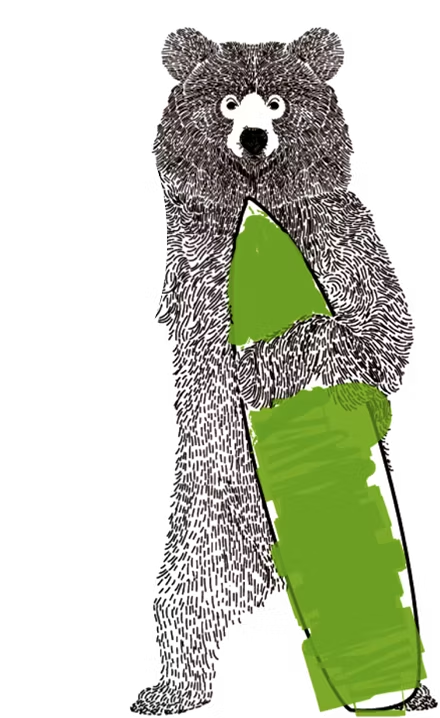Find yourself doodling through presentations or your eyes glazing over looking at pages and pages of notes afterwards? Why not combine your doodles and your notes into something that is both informative and memorable?
This process, called sketchnoting or graphic recording (more on the difference later), is a great way to use the creative side of your brain to benefit the more logical side. You don’t have to have an A in art class for your sketches to compliment your notes, but this article will give you a few basic pointers you need to get started. So let’s dig into what graphic recordings and sketchnotes are.
What are sketchnotes?
—
Sketchnotes are the combination of note-taking and doodling, and they can be used to record key points of a presentation, video, lecture or almost anything.

Engaging in both drawing and writing does mean that you will have less time for either, but this is not necessarily a bad thing. Sketchnotes keep your writing brief and to the point, all with fun doodles to help them really jump off the page. This means less hand cramps through hustling to get every detail down, and gives you greater engagement during those tougher lectures and presentations. The advantage of sketchnotes lies in their ability help you remember things by visualizing them and at the same time turn the mundane task of note-taking into an opportunity for artistic expression!

Now, not all of us are artistically inclined (myself included). Lucky for us, the beauty of sketchnotes is in the eye of the beholder—meaning you, considering you create these notes for yourself and no one else (unless you are nice and decide to share).
Ultimately, this means you cannot go wrong with what you do, and whatever you come up with, it needs only make sense to you. Doodling, whether or not it is good doodling, allows you to focus parts of your brain that are not necessarily engaged during regular note-taking, so there’s no need to win any art contests.
What is graphic recording?
—
Graphic recording (also known as graphic facilitation) involves the capturing of someone’s thoughts, ideas, and expressions through words and images as they are being delivered in the present moment.
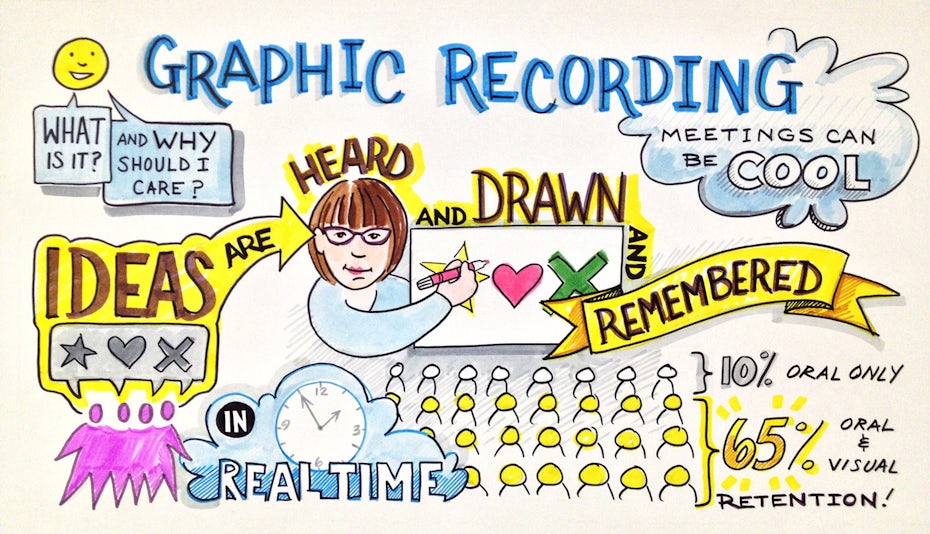
Whereas sketchnotes will be completed by an individual for their own specific purpose of capturing key ideas, graphic recording will be done by a single person for the purpose of leading groups toward a common goal. What is recorded can then be shared among a group of people—essentially one large sketchnote to be provided to each member of the group.
If a group has a graphic facilitator present, each member of that group will have access to the same record of information. If not, individuals present in the lecture or presentation will have the opportunity to sketchnote, meaning each person may come out with a slightly different set of notes.
How to boss the game with your sketchnotes
—
In order to get the most out of your sketchnotes, it is important to break things down into 4 simple categories:
1. Plan
Fortunately, sketchnoting does not require a huge amount of planning, as notes and doodles are taken in the moment. However, it is useful to think about the tools you will need prior to commencing your masterpiece.

- A blank notebook or paper. Your blank canvas! You will need something to record on. Try not to use anything too small, as you don’t want to feel restricted by space.
- Appropriate writing/drawing equipment. Being a combination of both writing and drawing, a felt tip pen or something of the like is a good option for versatility (make sure to have a backup so you don’t run out of ammo half way through!) Feel free to use varying colors if you want to add some flavor to your work.
- An eraser or correction fluid. A slightly controversial inclusion as sketchnotes are designed to be taken freely, but should you want to make changes, it’s never a bad idea to have either at a reachable distance. However, don’t worry about making mistakes, in sketchnoting there are only “happy little accidents”. Just keep going.
2. Listen
A huge part of taking any form of notes requires you to pay maximum attention to the information being delivered. There are various factors to effective listening, but these tips will allow you a head start when sketchnoting.

- Grab a front row seat. Placing yourself towards the front of the room gives you a vantage point closer to the speaker or focal point, meaning you won’t miss those intricate little details. Certain things may not be audibly spoken, meaning a closer seat will also help you stay attentive to examples or illustrations.
- Pay attention to quotes. Quotes are often the most poignant part of a presentation or speech, and it is important to record these in your sketchnotes. You can accompany them with a small sketch or symbol to help them stand out above the rest of your notes. Better yet, create a quick caricature of the speaker and slot the quotes into a fun little speech bubble!
3. Process
Sketching and taking notes at the same time?! It does sound like multitasking, which can be challenging at the best of times, but sketchnoting is an absolutely manageable process. Think of it less like two separate tasks being done at the same time, and more like engaging both sides of your brain into a single super task! There are a few key things that can help ensure you have the most important parts covered when doodling down your sketchnotes.
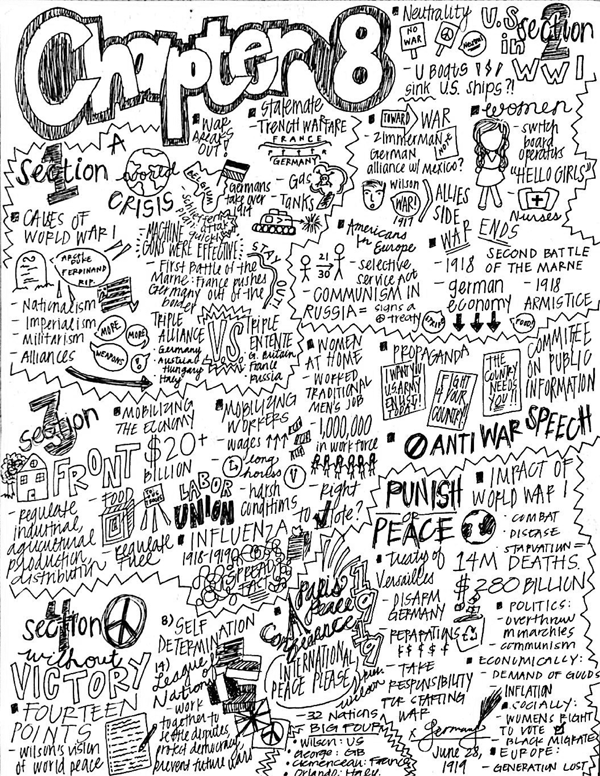
- Focus on key points. Use doodles and notes to represent key points. Do not attempt to record every single word you hear, as this may contribute to missing the most important points (and you might run out of paper). Remember, sketchnotes are different from graphic recording in the aspect that the notes you take are what is deemed important to you. So don’t waste time scrambling to try and get every word down.
- Make the most of pauses and breaks. A mark of a good speech or presentation is establishing when to be intense in your delivery and when to slow down. Take advantage of down time by ramping up your sketches.
- Come back to points. If you hear something vitally important but don’t want to get stuck on one point, scribble down an easy to remember doodle or a few key words, and then return to give more detail to the same point during slower points of the presentation.
- Keep an eye on the clock. Pay attention to how much time the speaker has left. You don’t want to have completely filled up your paper before the speech is half way done!
4. Drawing
You certainly don’t need to be Leonardo da Vinci to produce a sketchnote of the highest quality, but it does help to have mastered the art of basic doodling. It might not be a bad idea to get a little practice doodling before you really begin to employ your sketchnote strategy.
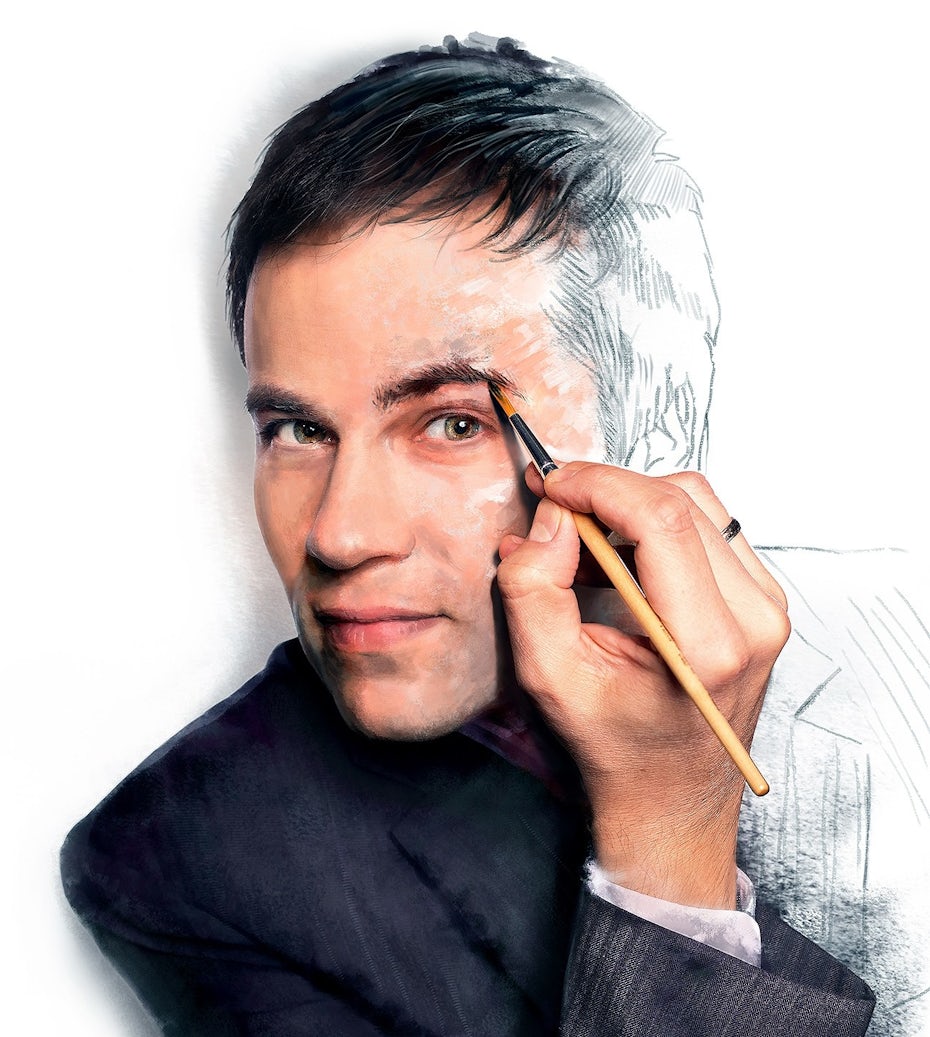
Sketchnotes are unique to you as the individual—and so should your doodles be! There are many benefits to doodling and you don’t need to worry about the quality of your sketches—if they work for you, that’s what’s important. To help you get a head start, pay attention to some of the basic principles of design in order to bring out the creative wizard in you!
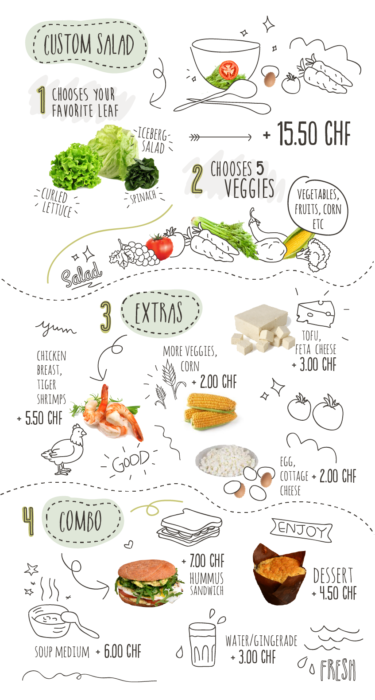
- Emphasis: Consider what you want to emphasize. For example, if you are listening to a lecture about a specific person, a caricature of that individual may be the emphasis in your sketch.
- Contrast: Contrast is great because it allows certain things to stand out. Contrast can be created in many ways, such as light and dark colors, straight and squiggly lines, or straight and curvy edges.
- Repetition: Don’t be afraid to use the same doodle more than once, and use cues such as numbers, bullet points, dashes, or line breaks to separate and organize your sketchnotes.
- Symmetry: This will help in keeping things organized and will certainly improve the overall look of your doodles. Too many things misaligned can cause your work to become confusing and messy.
- Proportion: Pay attention to the size and weight of things on your paper. If you want to emphasize something specific, give it more weight, but don’t have things improperly proportioned on your page as this may contribute towards missing important points.
- White space: Don’t feel as though you have to fill your paper from corner to corner, if a bit of white space helps things stand out or provides better symmetry to your notes, embrace it and let it stand.
- Balance and alignment: Clearly separate drawings and notes, or keep unrelated ideas apart on your canvas. This will be easier on the eye, make your drawings stand out, and will keep things under control.
- Shapes and lines: Use shapes such as cubes and squares to contain your notes and sketches. Different shapes and highlights will give your notes greater impact. Connecting your notes using arrows, lines, and other intricate shapes will help to add a bit of “spice” to your canvas.
- Shade and color: Different shading and the use of various colors will ensure your work is unique to you. Coloring in containers and creating shadow on different sketches will help to keep things organized as well as providing you with some stellar looking notes.
Become a graphic recording champion
—
Graphic recording is different from sketchnotes in that it’s created with the intention to be shared. These tips will help you deliver a graphic recording session of the highest quality.
1. Be front row and center
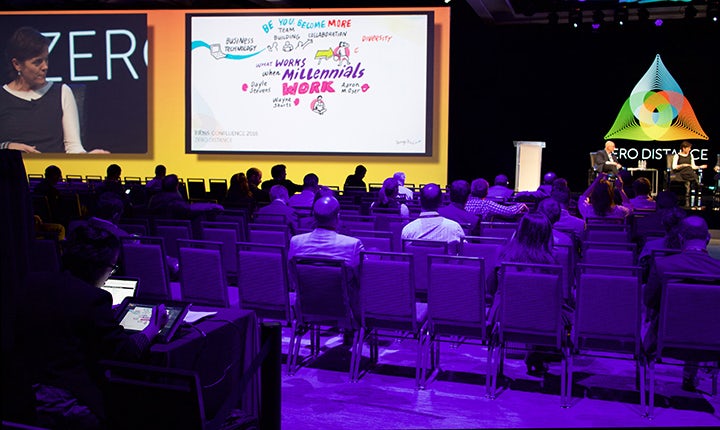
If you set up shop in the corner of the room with a tiny screen and a minuscule desk, nobody will be able to establish you as the graphic facilitator, and your awesome notes will go unseen. To avoid this catastrophe, be sure to position yourself towards the front of the room—in a clear and unobstructed position to members of the group.
It seems fairly obvious, but if even a single person is unable to view your notes, the group will not be moving forward at the same pace.
2. Think big. Stand out.
Going hand in hand with being at the front of the room, the graphic facilitator needs to ensure their work is large enough for everyone to see clearly.
It also helps to move away from where you are positioning yourself from time to time to allow viewers to catch up on any notes they may have missed, or take a moment to go over anything written in more detail.
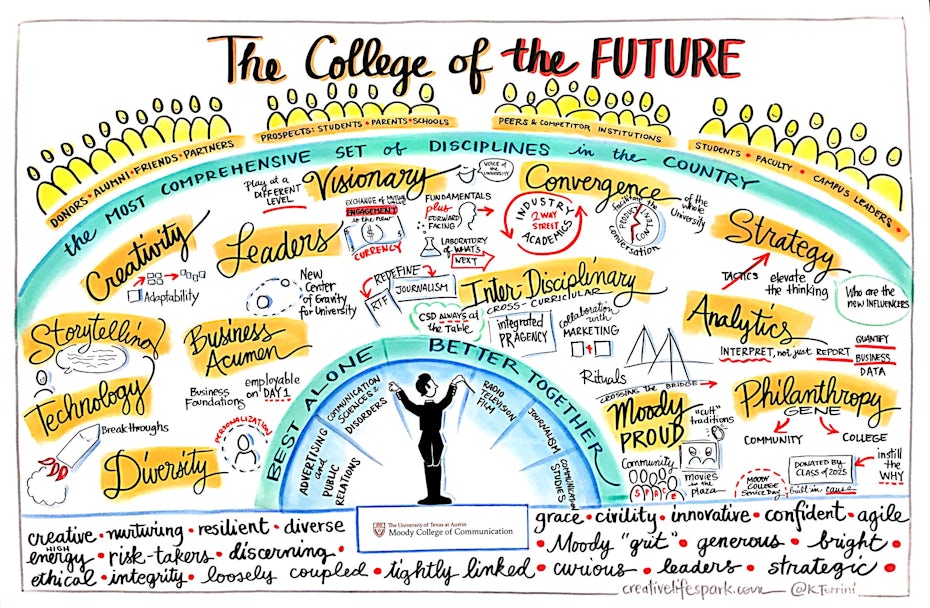
Much like sketchnotes, there are certain things that will make your work stand out in a crowded presentation room.
- Don’t be shy with color. Unlike sketchnotes, graphic recording needs to stand out to everyone. Getting some color on your notes ensures they stand out and also helps color coordinate different information.
- Use shapes. Different shapes such as cubes and triangles will also make your notes clearer, and different containers will help coordinate and organize your notes.
- Use appropriate font. Different font shapes and sizes can also give your notes a lift. For example, you could use larger, bolder font to represent something strong or important, or perhaps cursive and thinner font to represent something with a bit of style.
3. Sharing is caring
Graphic recording can be shared with a small group, across a live video feed or across various social media platforms. Overall, it’s an awesome opportunity to showcase your art and ideas to as many people as possible!

Getting your work out there on the internet may mean your artistic skills will need a slight polishing, but ultimately it depends on who the audience will be—if you are sharing with an entire company, refinement may make a difference, but among a group of friends? You may not need to deliver an A+ piece of artwork.
If you are going live over social media and the internet, some additional planning will be required. Before you begin, be sure to check everything is set up so the audience will be able to view your content both in person, and over a live feed. It is often a good idea to have things backed up so in the case of something going wrong, you and your audience will still have access to your notes.
4. Create a summary board
It’s not a bad idea to create an additional set of notes containing the most important aspects of the speech or presentation being recorded.
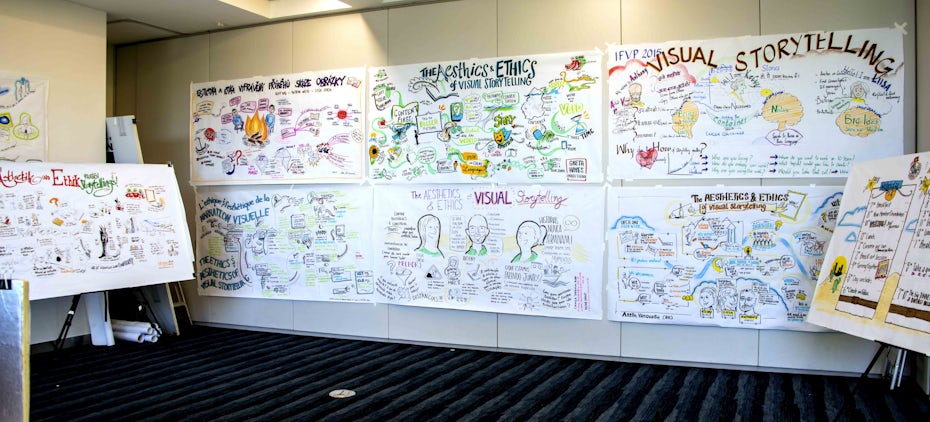
Not only does this allow members of the audience who may have missed certain important points to be sure they got the essentials, but it also streamlines things and can act as a great resource during days where there may be several presentations taking place.
The graphic recorder can create the board at the end of the day to summarize key points from each discussion session, and place them onto a clear and coherent infographic that works for everyone, no matter what session they attended.
Sketchnotes and graphic recording: notetaking on another level
—
Black-and-white notes on plain paper will capture the information you need, but sketchnotes will capture something entirely more unique about your creative mind. In addition, images and colorful notes help you highlight the most important points in a lecture or presentation, allow for much better organization, retention and give you something to look forward to every time you need to get some information down!
So next time you’re in a boring presentation searching desperately for the will to live, grab some paper, switch on your creative side and transform your knowledge into a work of art!
Need a really professional way of visualizing your notes?
How about getting an infographic designed!


